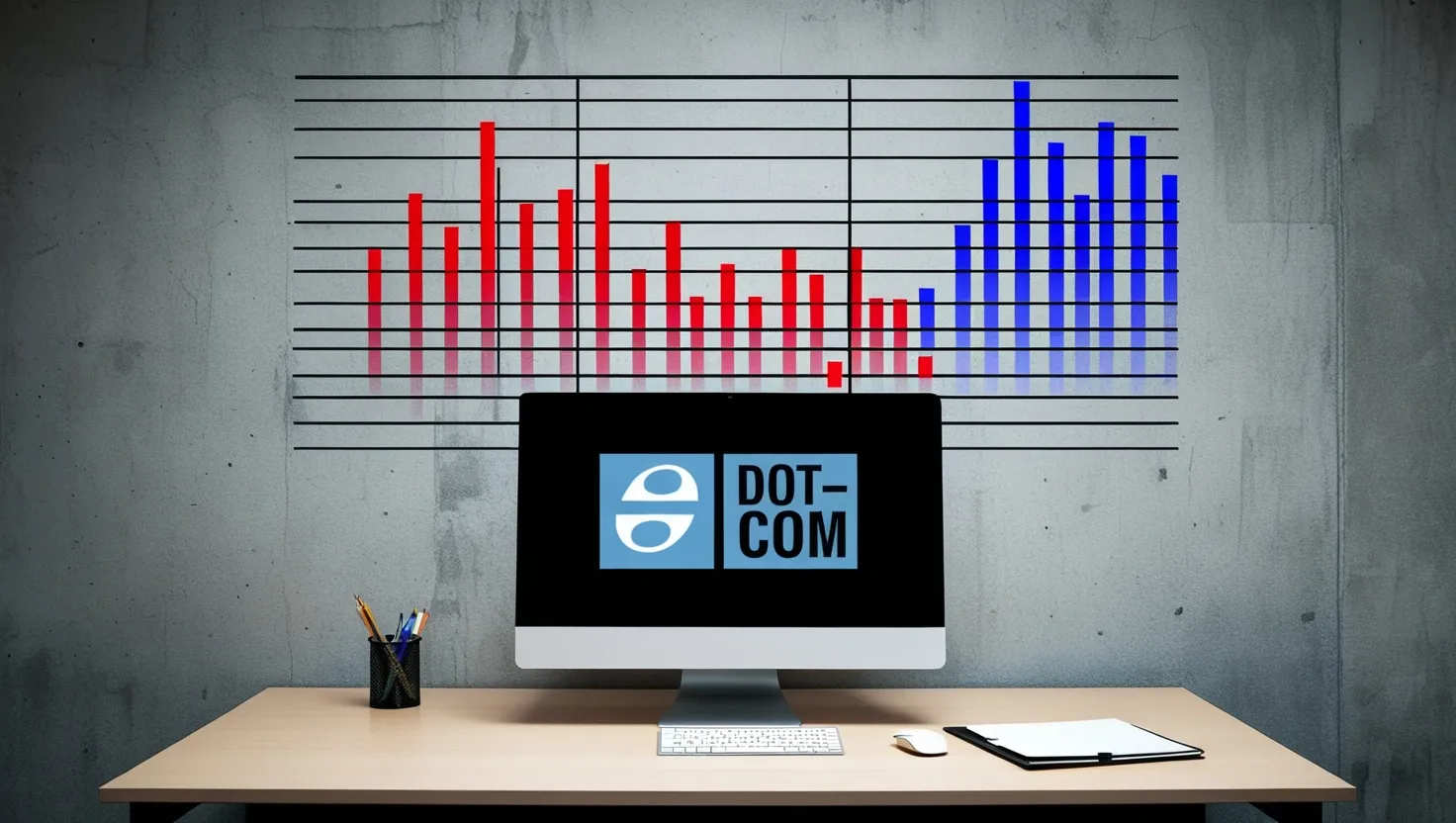In the world of finance, few phenomena have had as profound an impact as the rise of passive investing, particularly through the vehicle of index funds. This shift has not only transformed the investment landscape but has also redefined the way we think about investing.
To understand the significance of this transformation, it’s essential to go back to the beginning. The first passive index fund was launched in 1976 by Vanguard, a company that would become synonymous with this investment strategy. With an initial asset base of just $11 million, it was a modest start, but one that would pave the way for a revolution. This fund was designed to track the S&P 500 index, providing investors with broad market exposure at a fraction of the cost of actively managed funds.
The pioneer behind this innovation was John Bogle, the founder of Vanguard. Bogle’s vision was simple yet revolutionary: to offer investors a low-cost, efficient way to invest in the market as a whole, rather than trying to beat it through active management. His approach was met with skepticism at first, as the traditional asset management and brokerage industries saw passive investing as a threat to their high-fee business models.
However, the appeal of passive investing soon became apparent. Index funds offered a straightforward and cost-effective way to gain exposure to various markets. They were designed to mirror the performance of a specific index, such as the S&P 500 or the Nasdaq Composite, by holding the same stocks or a representative sample of them. This approach eliminated the need for constant buying and selling, reducing transaction costs and management fees.
One of the lesser-known facts about index funds is how they have democratized access to investing. Before the advent of passive investing, investing in the stock market was often a game reserved for the wealthy and sophisticated. Index funds changed this by providing a simple, affordable way for anyone to invest in the market. This democratization has been particularly beneficial for retail investors who may not have the expertise or resources to engage in active trading.
The growth of passive investing has been nothing short of phenomenal. From a niche product in the 1970s and 1980s, index funds and ETFs have become mainstream. By the end of 2015, there were over 1,800 ETFs available in the United States, offering investors a wide range of options to suit various investment strategies. Today, passive index funds account for about half of all U.S. fund assets, a stark contrast to the early days when they were a small fraction of the market.
But what drives this popularity? The answer lies in the economics. Passive index funds are significantly cheaper than actively managed funds. While actively managed funds can charge fees as high as 0.66% per year, passive index funds typically have fees of around 0.05%. This difference may seem small, but it can add up over time, making a substantial impact on an investor’s returns.
Another key benefit of passive investing is its ability to minimize risk through diversification. By holding a broad range of stocks or bonds, index funds spread risk across various sectors and asset classes. This diversification helps to smooth out market volatility, providing investors with more stable returns over the long term.
However, passive investing is not without its drawbacks. One of the most significant concerns is its impact on market efficiency. Critics argue that the massive inflows into index funds can drive up stock prices, potentially leading to market bubbles. Additionally, the passive approach means that index funds do not actively engage in corporate governance or other forms of market participation that can influence company behavior.
Despite these concerns, the rise of passive investing has also led to the development of more sophisticated strategies. The concept of “smart beta” has emerged, where index funds are constructed based on factors other than market capitalization. These factors can include dividend yields, valuation metrics, or even environmental and social criteria. Smart beta strategies aim to capture specific market characteristics that can enhance returns or reduce risk.
The evolution of ETFs has also played a crucial role in the growth of passive investing. ETFs offer the flexibility of trading on an exchange like individual stocks, while still providing the diversification benefits of index funds. This flexibility has made ETFs highly popular among both retail and institutional investors.
Looking ahead, the future of passive investing appears bright. As investors continue to seek low-cost, efficient investment solutions, the demand for index funds and ETFs is likely to remain strong. However, there are also emerging trends that could shape the future of passive investing. Direct indexing, for example, allows investors to own the underlying securities of an index rather than the fund itself. This approach can offer even greater customization and tax efficiency.
In conclusion, the rise of passive investing through index funds has been a transformative force in the financial markets. From its humble beginnings to its current dominance, passive investing has democratized access to the markets, reduced costs, and provided stable returns for millions of investors. As the investment landscape continues to evolve, it will be interesting to see how passive investing adapts and innovates to meet the changing needs of investors.
The story of passive investing is not just about numbers and trends; it’s about a fundamental shift in how we approach investing. It’s about recognizing that, for most investors, the goal is not to beat the market but to participate in it in a cost-effective and efficient manner. As we move forward, it’s clear that passive investing will remain a cornerstone of investment strategies, offering a simple yet powerful way to build wealth over time.






